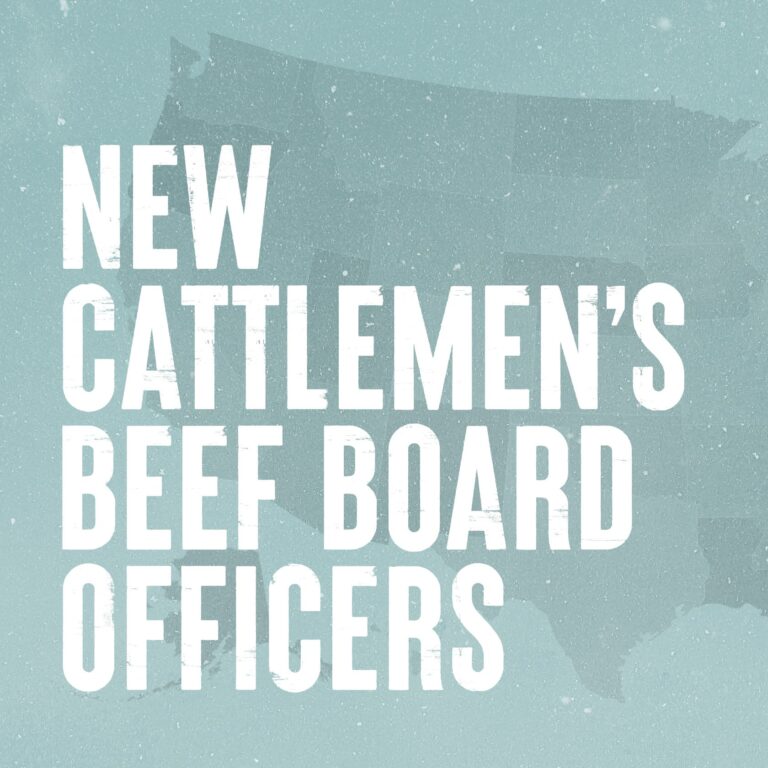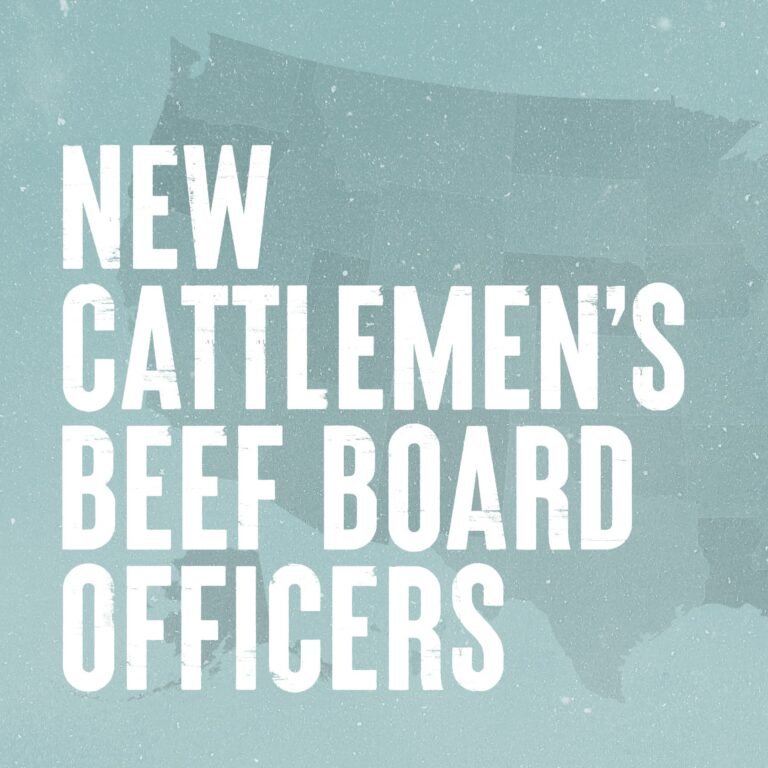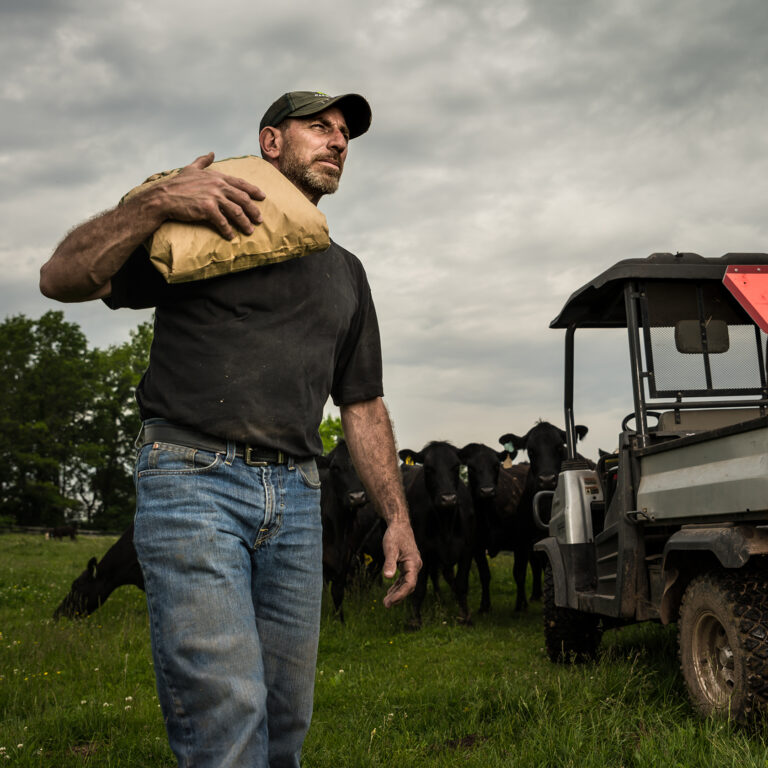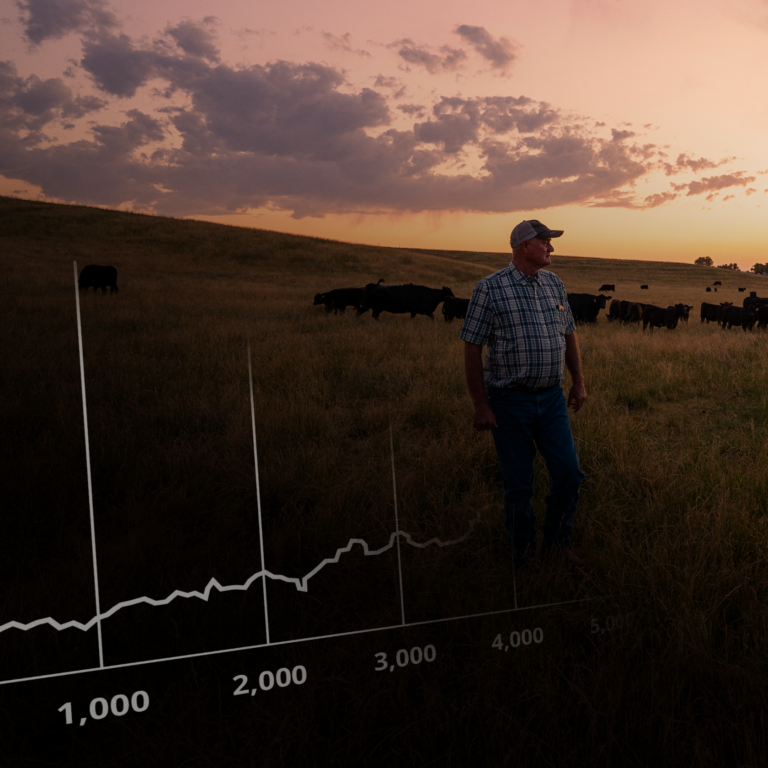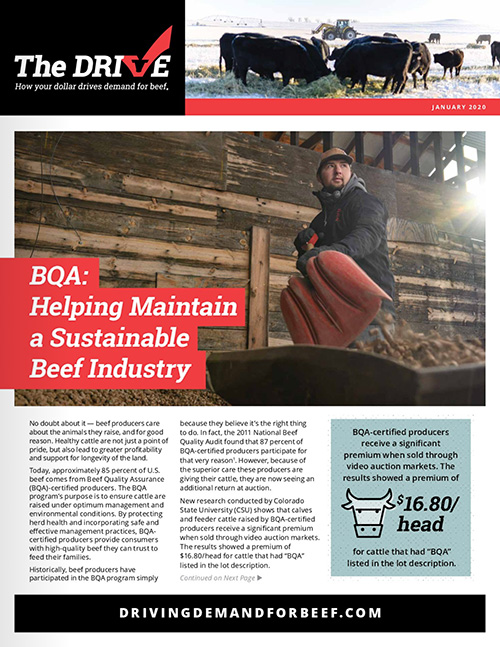New Independent Study Finds Each National Beef Checkoff Dollar Returns $13.41
A recent economic analysis of the national Beef Checkoff program found that each dollar invested in its demand-driving activities for the most recent five-year period (2019–2023) positively impacted domestic beef demand and U.S. beef exports, creating a total financial benefit of $13.41 for the producers and importers who pay into the program.
This spring, the Beef Checkoff commissioned an independent economic analysis to thoroughly assess the effectiveness and additional financial benefits produced by the program’s demand-driving activities. Conducted by Dr. Harry M. Kaiser of Cornell University, this study’s objectives were to measure:
- Whether national Beef Checkoff demand-driving activities increased demand for beef products (domestically and abroad)
- The combined benefits of those activities in terms of their incremental financial impact to beef producers and importers
- The indirect benefits of national Beef Checkoff demand-driving activities to the broader macroeconomy
“We’re extremely pleased with the results of this latest study,” said Cheryl DeVuyst of Morrison, Oklahoma, chair of the Beef Checkoff Evaluation Committee and current secretary-treasurer of the Cattlemen’s Beef Board (CBB). “The Beef Checkoff’s primary goal is to increase beef demand here in the U.S. and worldwide. The statistics uncovered by this study tell us that we’re achieving that goal and providing producers and importers with an excellent return on their national Checkoff investments.”
Beef Checkoff’s Return-on-Investment (ROI):
In addition to calculating a ROI of $13.41, the ROI analysis enabled the study to simulate market conditions for beef demand in the absence of national Beef Checkoff investments. For the most recent five-year period, 2019-2023, had there not been any investments in national Beef Checkoff demand-driving activities:
- Total domestic beef demand would have been 2.4 billion pounds (8.5%) lower per year than actual results.
- The steer price would have been 7.8% lower per year than actual results.
- U.S. export beef demand would have been 372 million pounds (11.5%) lower than actual results in the seven major importing countries included in the study.
Beef Checkoff’s Broader Economic Impact:
The study also evaluated the national Beef Checkoff’s direct effect on the beef industry (i.e. producers and importers that pay into the program) and its indirect effects on the broader U.S. economy. To quantify the total revenue impact of the national Beef Checkoff on the beef industry sector, the study utilized the beef demand (8.5%) and U.S. beef export (11.5%) percentages derived from the ROI market simulation analysis. Applying these percentages indicated that the national Beef Checkoff added an incremental $3.3 billion to the beef industry in 2023.
The direct effect of the national Beef Checkoff adding an incremental $3.3 billion to the beef industry sector had positive indirect effects on the broader U.S. economy, including increases in:
- U.S. employment by almost 47,000 people
- U.S. employment income by $2 billion
- Total value added to the U.S. economy of $4.1 billion
- U.S. GDP by nearly $9.5 billion
Furthermore, the national Beef Checkoff contributed to increased tax revenue at the federal, state, and local levels, amounting to a grand total of $743 million in 2023, distributed as follows:
- $34 million in county tax revenue
- $205 million in state tax revenue
- $504 million in federal tax revenue
“While we’re pleased Beef Checkoff programs are having a positive impact, we know there’s always room for improvement,” DeVuyst said. “The CBB is dedicated to making the best possible decisions on behalf of beef producers and importers. As we head into the remainder of FY24, we’ll take what we’ve learned from this study and continue moving the needle forward.”
All commodity boards conduct an independent evaluation of the effectiveness of their programs every five years, as outlined by the USDA’s Agricultural Marketing Service (AMS) guidelines for commodity research and promotion programs. To view the complete study, executive summary or to get more information about the Beef Checkoff and its programs – promotion, research, foreign marketing, industry information, consumer information and producer communications – visit DrivingDemandForBeef.com.
*This study only pertains to the funds collected for the national Beef Checkoff program. It does not assess the impacts of Beef Checkoff program dollars invested by Qualified State Beef Councils for state-level efforts.
The Beef Checkoff program was established as part of the 1985 Farm Bill. The checkoff assesses $1 per head on the sale of live domestic and imported cattle, in addition to a comparable assessment on imported beef and beef products. States may retain up to 50 cents on the dollar and forward the other 50 cents per head to the Cattlemen’s Beef Promotion and Research Board, which administers the national checkoff program, subject to USDA approval.



